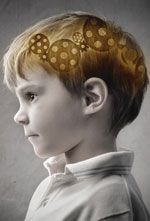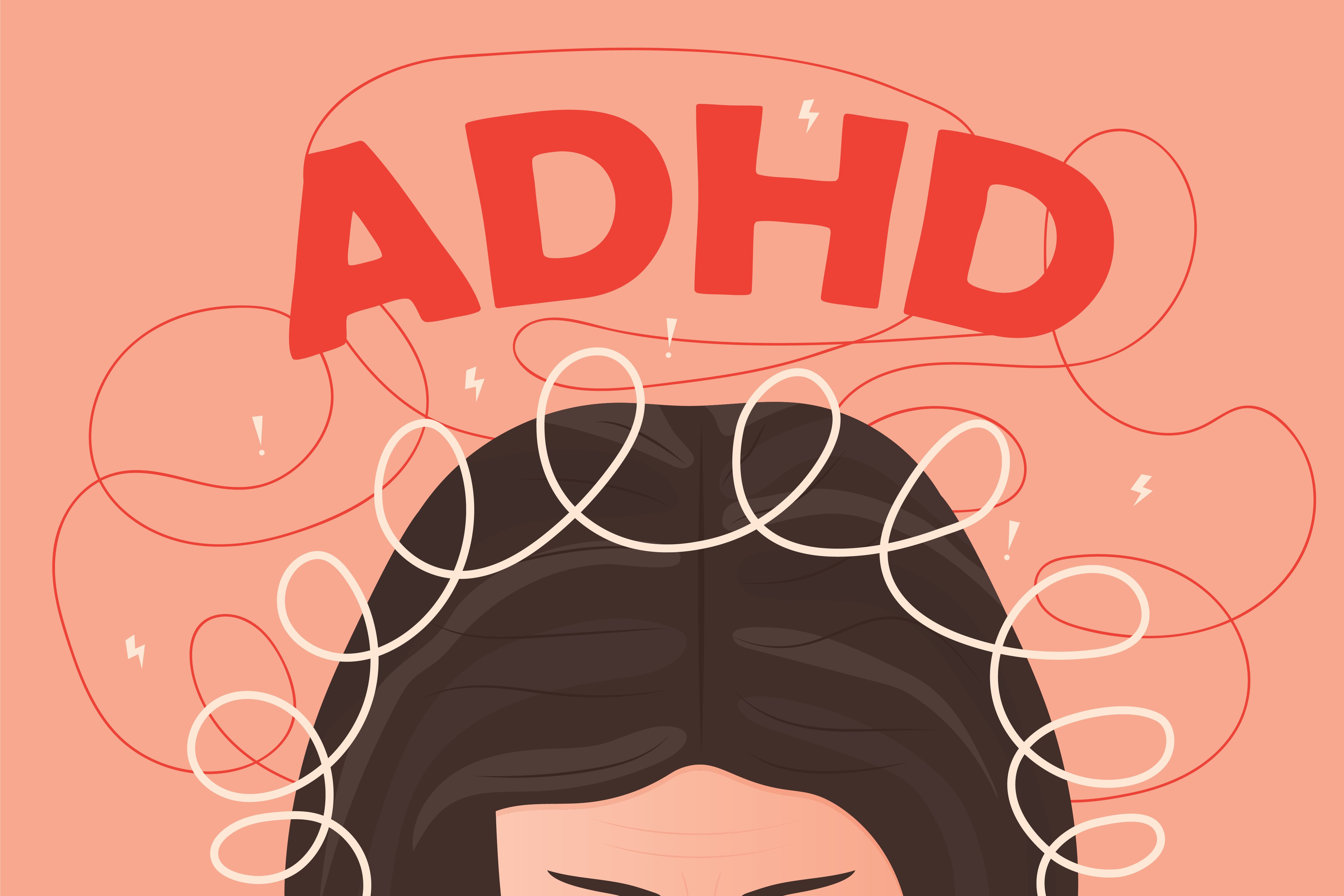Publication
Article
Psychiatric Times
Developmental Psychopathology Comes of Age
Author(s):
Child and adolescent psychiatry is in a position to inform the entire practice of general psychiatry in numerous other areas, including mood disorders, ADHD, and psychosis, as well as the topics...

How much of psychiatry is based on developmental neuroscience? It is often cited in scholarly reviews that most psychiatric disorders have their roots in early developing CNS vulnerabilities or in the neurobiological sequelae of adverse early life experiences.1-3 Unfortunately, a cross-sectional approach that overlooks development history (beyond the recurrence of pathognomonic symptom patterns) is deeply entrenched in current psychiatric practice. Thus, while lip service may be given to the importance of childhood experience, current psychiatric practice is all too often analogous to batting down the flames on the roof of a house on fire while ignoring the roots of the blaze in the internal structures beneath-where the fire started!
The main reason cited in the past for not heeding the developmental history has been the assertion that child and adolescent psychiatry lacked sufficient empirical foundation. This is no longer the case. The articles in this Special Report (scroll down for the list of articles in this Special Report) provide evidence that the science of developmental psychopathology, as practiced today, has come into maturity and is now in a position to inform psychiatric practice for patients of all ages. All but one of the articles in this Special Report deal with diagnostic issues and all are empirically founded on the study of children and incorporate empirical genetic and neurodevelopmental findings in a developmental context. Indeed, the articles on autism spectrum disorders, traumatic stress disorder, traumatic brain injury, and adolescent forensic psychiatry provide a scientific clinical background equally useful for the treatment of adults and children.
This information will inform adult-oriented psychiatrists, who must now confront a tidal wave (1/88 of the population) of individuals with autism spectrum disorders as they enter adulthood. Similarly, clinicians who treat adults with PTSD and mood and anxiety disorders will benefit from understanding how the "allostatic load" of traumatic circumstances in the childhood of their patients is relevant. The studies of adolescent and young adult brain development now informing the criminal justice system also have applicability to the analysis of adult criminal culpability. Finally, the model for evaluation of the sequelae of traumatic brain injury in youths provides a useful methodology for the care of adults with brain injury.
Child and adolescent psychiatry is in a position to inform the entire practice of general psychiatry in numerous other areas, including mood disorders, ADHD, and psychosis, as well as the topics covered in this issue. Hopefully, a developmental perspective on these disorders could be the topic of future special issues.
References:
References
1. Weinberger DR. Implications of normal brain development for the pathogenesis of schizophrenia. Arch Gen Psychiatry. 1987;44:660-669.
2. NIMH Workgroup. Transformative neurodevelopmental research in mental illness. 2009. http://www.nimh.nih.gov/about/advisory-boards-and-groups/namhc/neurodevelopment_workgroup_report.pdf. Accessed October 9, 2012.
3. Baram TZ, Davis EP, Obenaus A, et al. Fragmentation and unpredictability of early-life experience in mental disorders. Am J Psychiatry. 2012;169:907-915.






